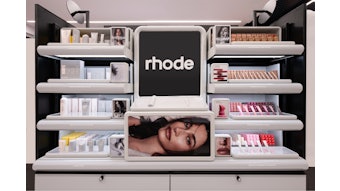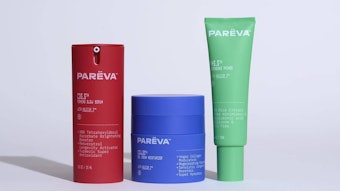A new Private Label Manufacturers Association (PLMA) “The Rise of Loyal Shoppers” study focused on 1,059 men and women ages 25–45, a segment that makes up more than one-third of the U.S. adult population. The 81 million Americans in this age group are of critical importance to retailers, according to PLMA, as their spending on household grocery products is considered to be the highest among all age groups as they engage in family formation and career building.
The study challenges conventional wisdom that consumers regularly shop at anywhere from three to five stores, chasing after promotions and the lowest prices.
“This latest study indicates that many long-held assumptions, shaped by years of market dominance by the Baby Boom generation, are no longer true,” said Brian Sharoff, president, PLMA. “Buffeted by a severe recession, a revolution in communications, media and advertising, and a retail landscape that bears little resemblance to what existed less than a decade ago, today’s consumer is not the same shopper we used to know.
According to the PLMA study, these consumers shop often, but a majority does their regular grocery shopping at only two stores. The rate of shopping trips is high: more than eight in 10 of consumers ages 25–45 shop at least weekly, but patronizing just two stores for their regular household grocery needs is by far their most popular shopping regimen, and it has been increasing as a habit overall during the past decade. This runs counter to the conventional wisdom that consumers are increasingly shopping across a growing number of stores for different products. In a 2006 PLMA study, a third of all consumers said they shop in two stores, but in the new study the figure has risen to 48%.
While they shop around, they are in fact very loyal to their favorite stores. The study refutes another piece of conventional wisdom: the image of the fickle American grocery shopper. Some observers contend that every time a new or revamped retail format debuts, consumers forsake their favorite store and rush to the new shop on the block. The survey casts doubt on that scenario. Rather, it reveals that these younger consumers have been loyal to their favorite stores for years. Six in 10 have regularly shopped at their grocery store as well as their mass merchandiser for more than five years. Half have shopped at their drug store for that long.
They are buying store brands more often than shoppers in previous studies. About half of the respondents ages 25–45 buy store brands “always/almost always/frequently” in their supermarkets, drug stores and mass merchandisers. This is a dramatic increase in the top rates of purchase when compared to PLMA studies over the past decade. In 2002, the corresponding figures for all consumers were: 36% in supermarkets, 22% in drug stores and 28% in large discount chains/mass merchandisers. In 1991, the figure in supermarkets was only 12%.
Store brands may be the retailer’s best friend. Consumers 25–45, in increasing numbers, are trying store brands for the first time in product categories where they had previously only bought a national brand. Moreover, in overwhelming numbers they report the trial produced a satisfactory experience. In one of the most significant findings in the survey, more than 49% of respondents recently choose a store brand for the first time instead of a favorite national brand in a particular category. When later asked how they compare the store brand with their previous choice of a national brand, 28% reported “very favorably” and another 62% said “favorably.” A trend widely observed during the recession, such store brand trial is increasing: In the 2009 survey, 35% of all consumers said they engaged in the practice and a year later the figure had grown to 43%; the postpurchase satisfaction rates expressed by consumers were as high in both earlier studies as it is in the new one.
“The baton has passed to a new generation of consumers,” said Sharoff: “There has been a major shift of purchasing power in the marketplace. After decades of dominance by boomers, a new generation of Americans (those ages 25–45) has taken over as the heaviest purchasers of consumables. What’s more, they behave differently from other generations when they shop.”
To request a free copy of PLMA’s “The Rise of Loyal Shoppers” study, email [email protected].










